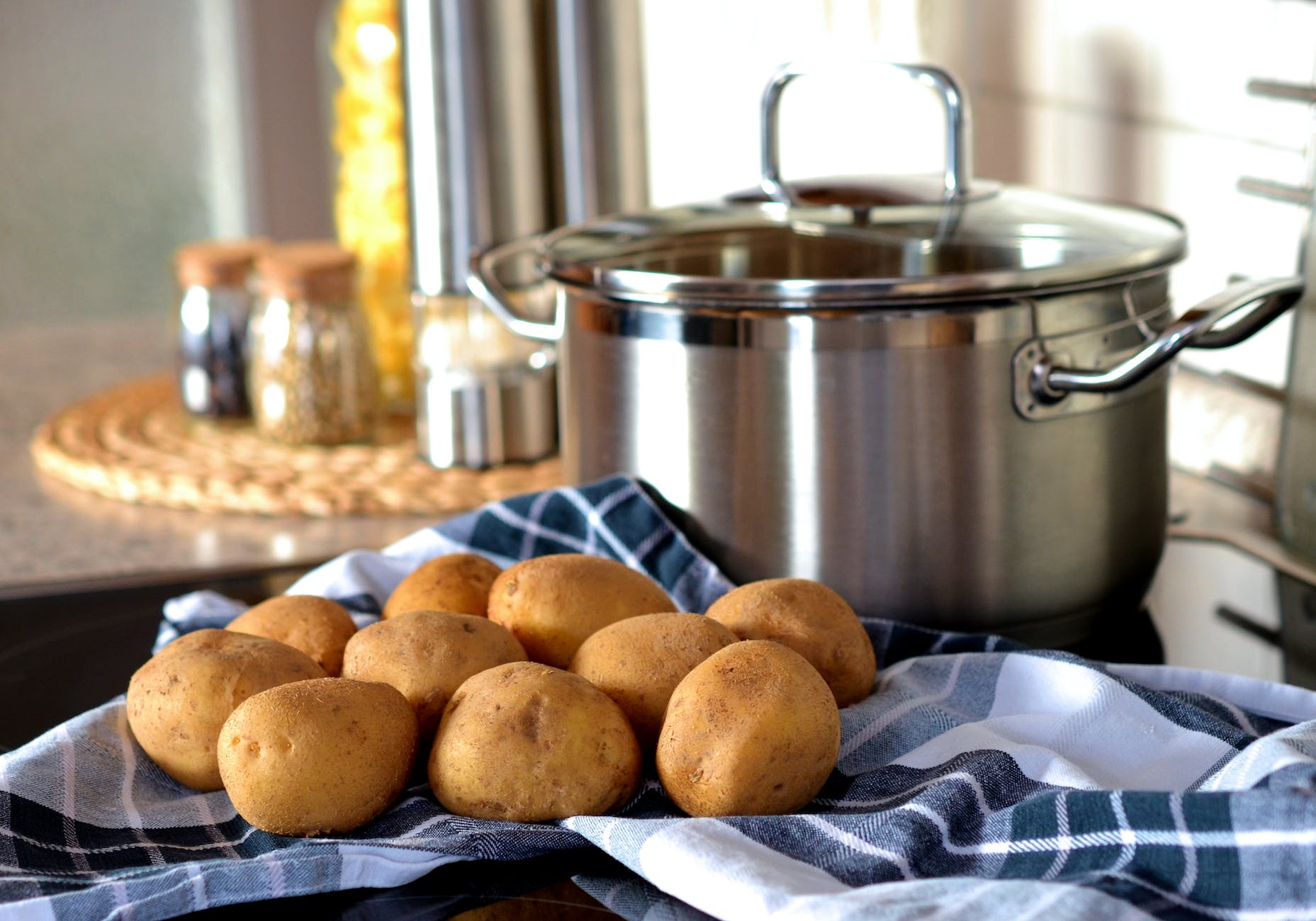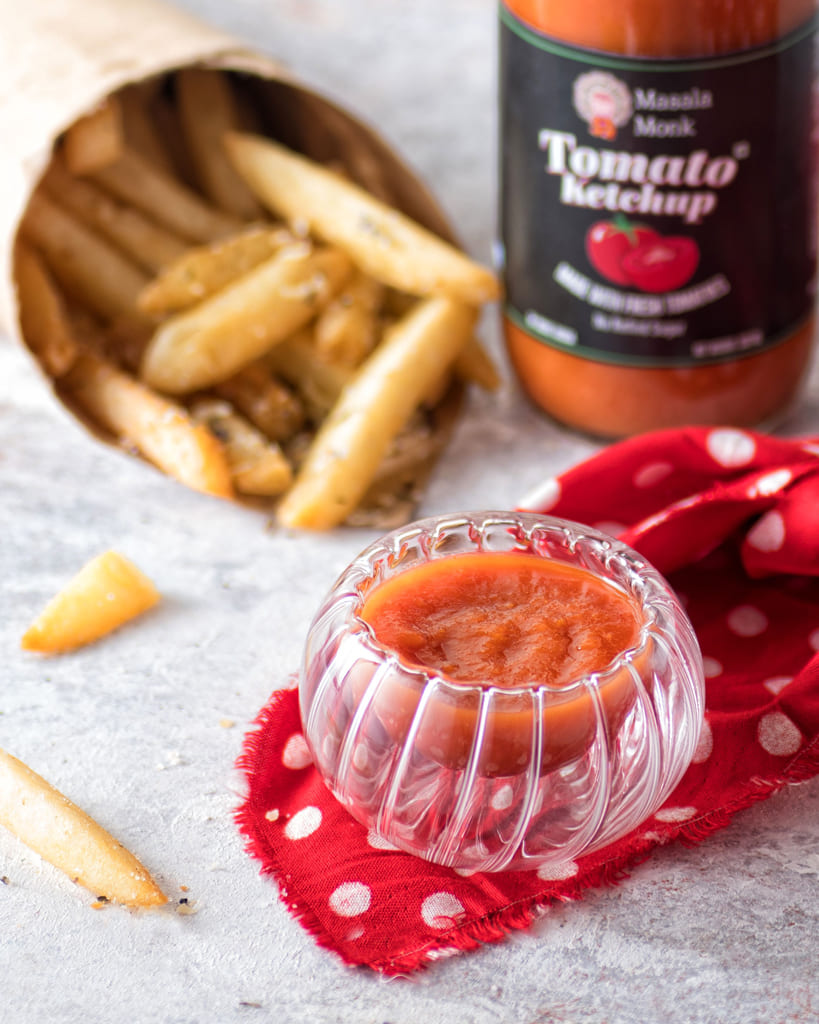
When it comes to mashed potatoes, few chefs have mastered the art quite like the renowned Gordon Ramsay. Known for his culinary expertise and exceptional flavor combinations, Ramsay’s mashed potatoes are a true delight. In this tantalizing blog post, we’ll guide you through the steps to recreate Gordon Ramsay’s signature mashed potatoes, ensuring you achieve creamy, fluffy, and flavorful results that will elevate your dining experience. Get ready to impress your family and friends with this show-stopping side dish straight from the culinary genius himself! 🥔🍽️
🍟 Ingredients for Gordon Ramsay’s Mashed Potatoes To recreate Gordon Ramsay’s iconic mashed potatoes, you’ll need the following ingredients:
- 2 pounds (900 grams) of Yukon Gold or Russet potatoes, peeled and cut into chunks
- 1 cup (240 ml) of heavy cream
- 1/2 cup (115 grams) of unsalted butter
- 4 cloves of garlic, minced
- Salt and freshly ground black pepper, to taste
- Chopped fresh chives, for garnish (optional)
🍟 Step-by-Step Instructions Follow these steps to create Gordon Ramsay’s exquisite mashed potatoes:
1️⃣ Boil the Potatoes: Place the peeled and cut potatoes in a large pot of salted water. Bring the water to a boil and cook the potatoes until tender, about 15-20 minutes. Test for doneness by inserting a fork into the potatoes; they should be easily pierced.
2️⃣ Heat the Cream: While the potatoes are cooking, in a separate saucepan, heat the cream over low heat until warm. This will ensure that the cream incorporates smoothly into the mashed potatoes.
3️⃣ Prepare the Garlic Butter: In a small saucepan, melt the butter over low heat. Add the minced garlic and cook for a minute or two until fragrant. Be careful not to brown the garlic, as it can turn bitter.
4️⃣ Drain and Mash the Potatoes: Once the potatoes are cooked, drain them well and return them to the pot. Using a potato masher or a ricer, mash the potatoes until they are smooth and free of lumps. Take care not to over-mash, as this can result in a gluey texture.
5️⃣ Incorporate the Cream and Garlic Butter: Gradually pour the warm cream into the mashed potatoes, stirring gently with a wooden spoon or spatula. Continue adding the cream until the desired consistency is achieved. Next, pour the garlic butter into the mashed potatoes and mix well to distribute the flavors evenly.
6️⃣ Season to Perfection: Season the mashed potatoes with salt and freshly ground black pepper to taste. Give them a final stir to incorporate the seasoning throughout the dish. Taste and adjust the seasoning as needed.
7️⃣ Serve and Garnish: Transfer the mashed potatoes to a serving dish. For an extra touch of freshness and visual appeal, sprinkle chopped fresh chives over the top as a garnish.
See the YouTube video by Chef Gordon Ramsay’s Guide to Potatoes.
🍟 Join Our Foodie Community! We invite you to join our vibrant community of food lovers on our Facebook group. Share your creations, get inspired by others, and exchange ideas to take your culinary skills to new heights. There’s no better way to elevate your cooking game than by connecting with fellow foodies who share the same passion.
🥔💡 Now that you’ve learned the secrets behind Gordon Ramsay’s exquisite mashed potatoes, it’s time to put your skills to the test. Follow these steps, savor the creamy and flavorful results, and delight your taste buds with this culinary masterpiece. Remember, great mashed potatoes require patience, attention to detail, and quality ingredients. So gather your tools and ingredients, and let’s embark on a mashed potato adventure that would make Gordon Ramsay proud! 🍽️🥔










